8 Types of Wood for DIY Projects (With Pictures)
-

- Last updated:
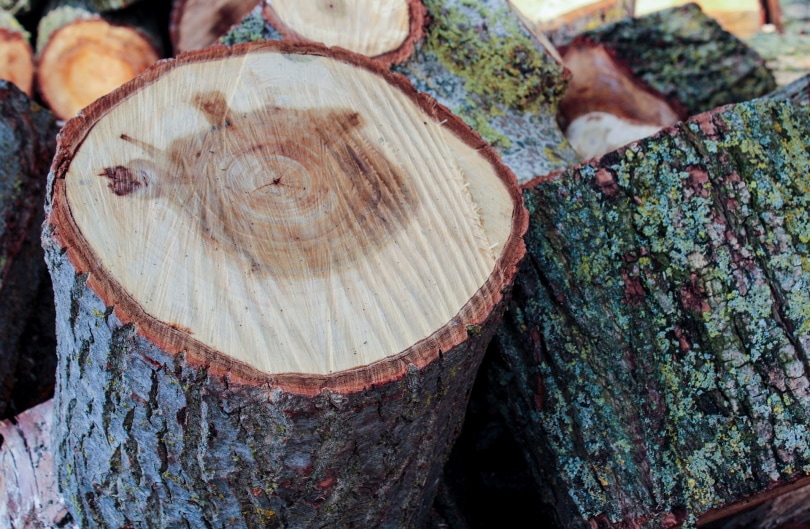
One of the most difficult parts of starting a new DIY project is to pick out which type of wood is best. After all, selecting the correct wood can make a huge difference in your project, including how difficult it will be to finish and its final appearance.
Ultimately, you want to select the best type of wood for your DIY project based on the project at hand. Sometimes, softwood is the better wood type, whereas other projects call for hardwood. Softwood is great for detail work, but hardwood is perfect when you need extreme durability.
Still, selecting the right wood includes more than just selecting a hardwood or a softwood. To learn about the eight best types of wood for DIY projects, keep reading.

The 8 Best Types of Wood for DIY Projects
1. Pine
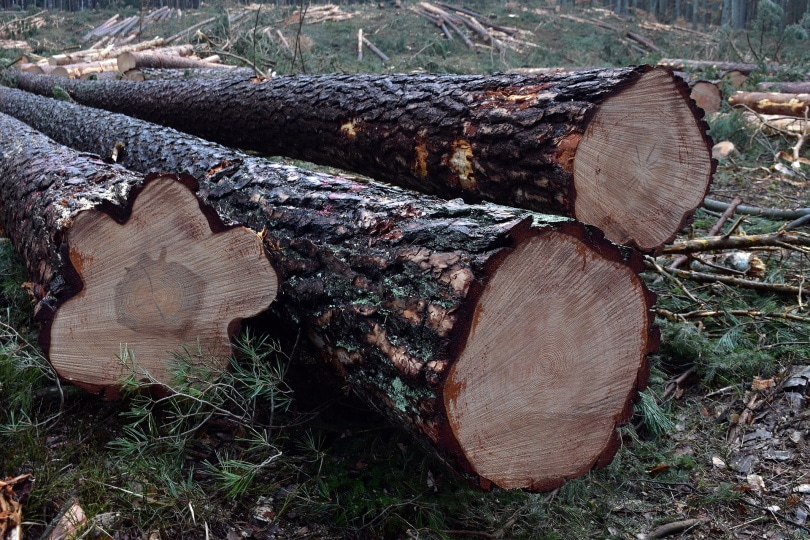
| Wood Type | Softwood |
| Usage | Detail work, carving |
Pine has long been one of the most popular softwoods for DIY projects. It is readily available, cheap, and easy to work on. It is perfect for utility work, but it is also used for furniture building. Something else that’s great about pine is that it comes in many varieties and colors.
Pine is a great softwood to select if you don’t have a strong arm. It’s easy for accepting nails and is great for carving. However, it isn’t as distinguished as other wood types on our list.
- Affordable
- Easy to find
- Easy to nail and carve
- Rot-resistant
- Not as distinguished as other wood types
2. Cedar
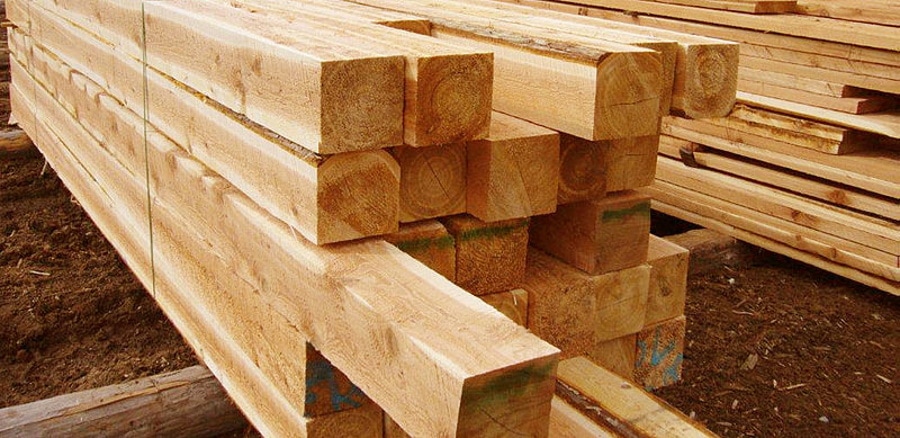
| Wood Type | Softwood |
| Usage | Outdoor projects, furniture building |
Cedar is another popular wood type. This softwood is perfect for outdoor projects and furniture. It does not absorb as much moisture as other woods, making it more resistant to rot and insects.
It is a bit more expensive than some of the other softwoods. That is primarily because it isn’t as abundant and is more resistant. Still, it is far from being the most expensive wood type. You should be able to find it at practically any wood store.
- Easy to find
- Resists rot and insects
- More expensive than others
3. Fir
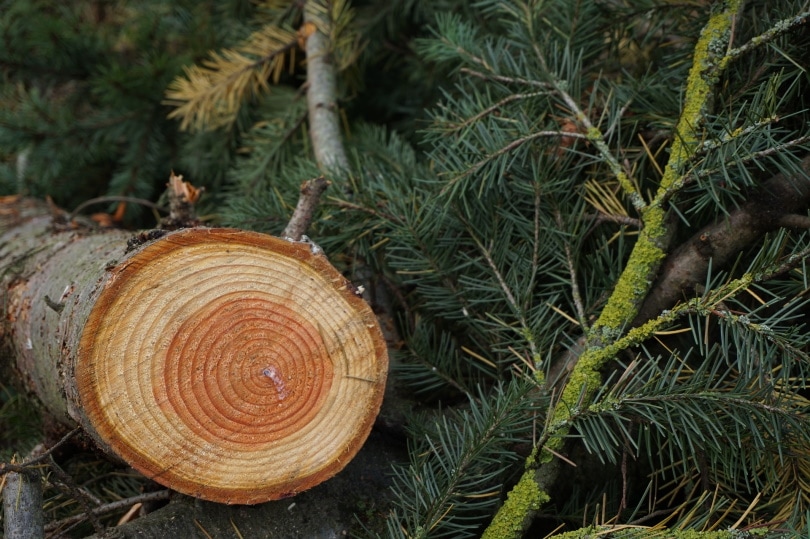
| Wood Type | Softwood |
| Usage | Light structure work, utility work |
Fir wood is considered one of the most affordable softwoods. At the same time, it is structurally sound, making it great for utility work and light structural work. It’s often available at most home centers on a budget.
The downside of fir wood is that it is not the most attractive on its own. For this reason, it’s typically used for projects that will either be painted or hidden in some way.
- Easy to find
- Affordable
- Strong and reliable
- Not attractive on its own
4. Redwood

| Wood Type | Softwood |
| Usage | Outdoor projects |
The last softwood on our list is redwood. Redwood is a favorite for outdoor projects, including outdoor buildings and outdoor furniture. It is extremely resistant to moisture, all while being dependable and easy to work with. It doesn’t have any real drawbacks and is similar to cedar in most respects.
One thing to know about redwood is that it is slightly more expensive because of its attractive look. It isn’t insanely expensive, but its moderate price tag might suit those on a serious budget.
- Resistant to moisture
- Attractive
- Incredibly durable and reliable
- Can be expensive
5. Cherry
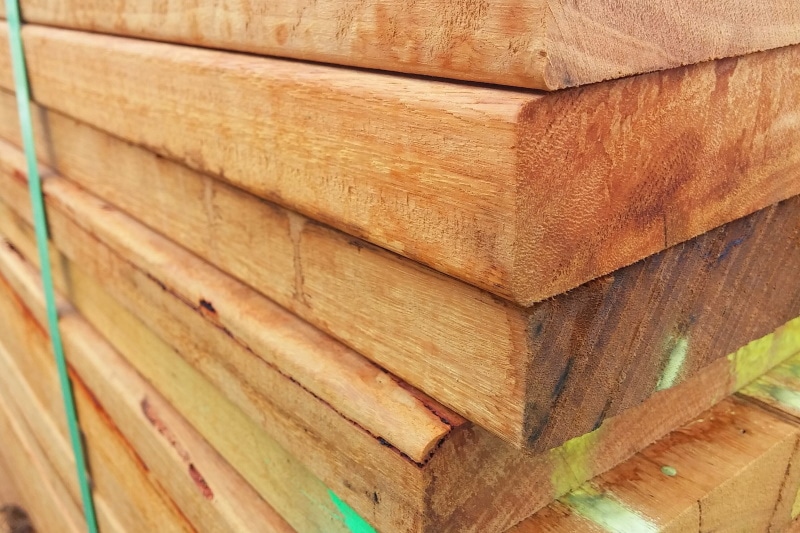
| Wood Type | Hardwood |
| Usage | furniture and cabinets |
Cherry wood is one of the most attractive wood types. It has a dark and luxurious look, making it a favorite among cabinetmakers and furniture makers. It adds warmth to the room while also being durable.
The biggest downside of cherrywood is that it can be very expensive. You should only get cherry wood if you are willing to splurge on wood that is reliable and attractive. This shouldn’t be your go-to for casual DIY projects. Instead, it’s better for professionals.
- Highly attractive
- Durable and reliable
- Expensive
- Not readily available
6. Mahogany
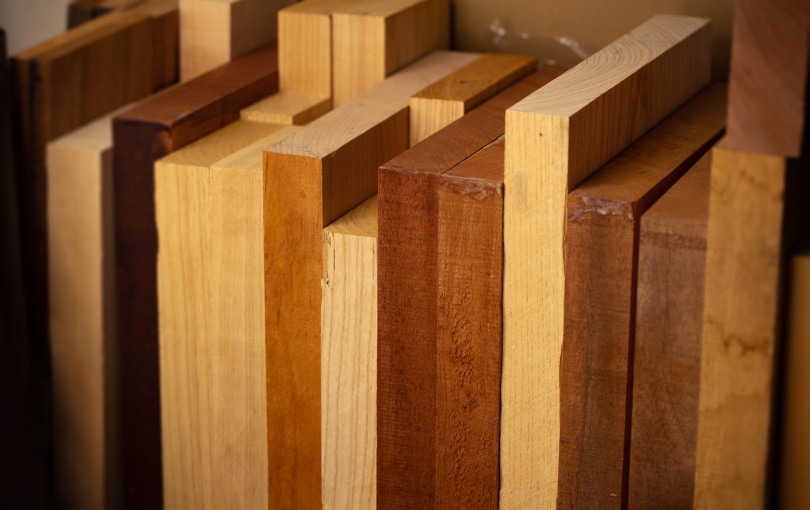
| Wood Type | Hardwood |
| Usage | Furniture |
Mahogany is another popular wood type for furniture making specifically. It has a beautiful red-brown tint with straight grain and elegant textures. In comparison to other hardwoods, mahogany is a lot easier to work with.
Just like cherry, mahogany can be very expensive. More than likely, you will not be able to find mahogany at local home centers. Instead, you will have to go to lumberyards that offer this distinguished wood type.
- Highly attractive
- Durable and reliable
- Softer than other hardwoods
- Expensive
- Not readily available
7. Maple

| Wood Type | Hardwood and softwood |
| Usage | Versatile |
Compared to other hardwoods, maple is very versatile and easy to use. It comes in both hardwood and softwood varieties, making it perfect for practically any DIY job. It also looks beautiful, elegant, and distinguished. Oddly enough, maple isn’t as expensive as other hardwoods either.
There aren’t really any true drawbacks of maple other than it isn’t as distinguished as some of the other wood types. Plus, it isn’t the cheapest wood on this list, even though it is more affordable than the other hardwoods.
- Highly versatile
- Comes in hardwood and softwood varieties
- Not as expensive as other hardwoods
- Not as distinguished as other hardwoods
- More expensive than most softwoods
8. Oak
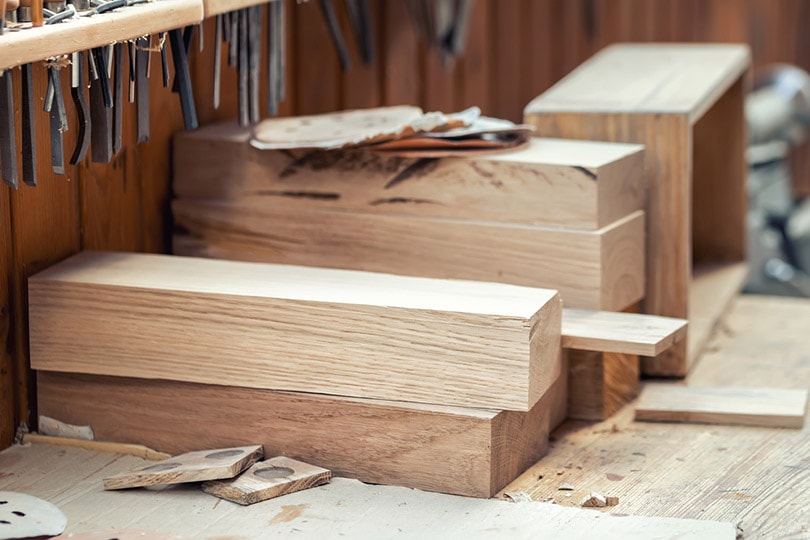
| Wood Type | Hardwood |
| Usage | Versatile |
The last wood type on our list is oak. Oak has been a longtime favorite among DIYers because it is gorgeous, strong, easy to work with and maintain. This makes oak a favorite for practically all DIY jobs.
Oak isn’t necessarily as attractive as the other wood types on our list. The white variety is slightly more attractive than the red, but neither are as stunning as cherry, mahogany or the other options on our list.
- Versatile
- Easy to work with and easy to maintain
- Indoor and outdoor safe
- Not as attractive as other options

How Do I Pick Out the Best Wood for My DIY Project?
Whenever you pick out the best wood type for your DIY project, the first thing to ask yourself is whether you want hardwood or softwood. Hardwood is better for outdoor jobs and furniture, whereas softwood is better for detail work.
After that, consider your budget. The budget will help you narrow down the wood type between the hardwood and softwood varieties. More so, consider your own personal preferences, such as color and grain, to find the exact wood type you like.e
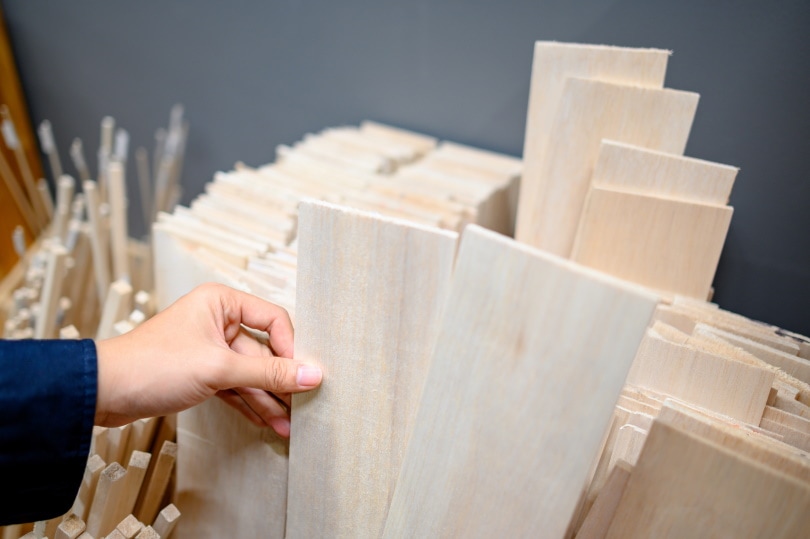
What Is the Cheapest Wood to Buy?
If you are on a budget, softwoods tend to be the cheapest. For example, pine and fir tend to be some of the cheapest wood types at most stores. As for hardwoods, oak is highly affordable because of how readily available it is in nature.

Conclusion
If you are a DIY woodworker, it’s important to select the right wood for the job. For many DIY jobs, softwoods are the best because they are easier to work with and more affordable. Still, hardwoods are advantageous for their extra durability.
It’s important that you select wood based on the job at hand. For some people, cedar will be the best choice, but cherry might be the best for others. So, consider your needs, wants, and budget to determine which wood type is best for your DIY job specifically.
Featured Image Credit: armennano, Pixabay
Contents
